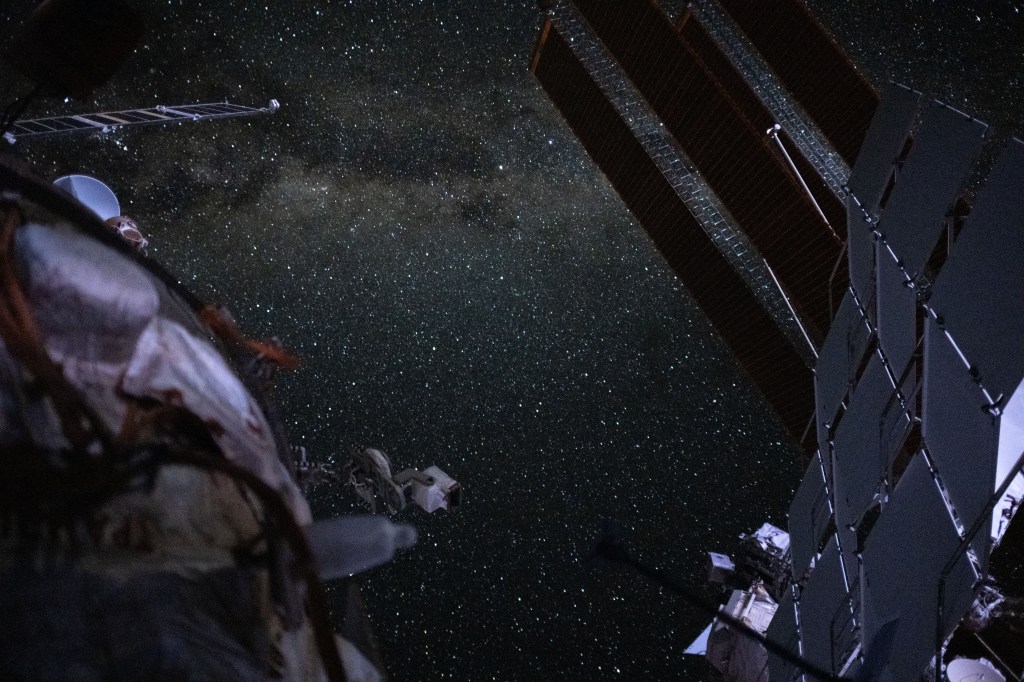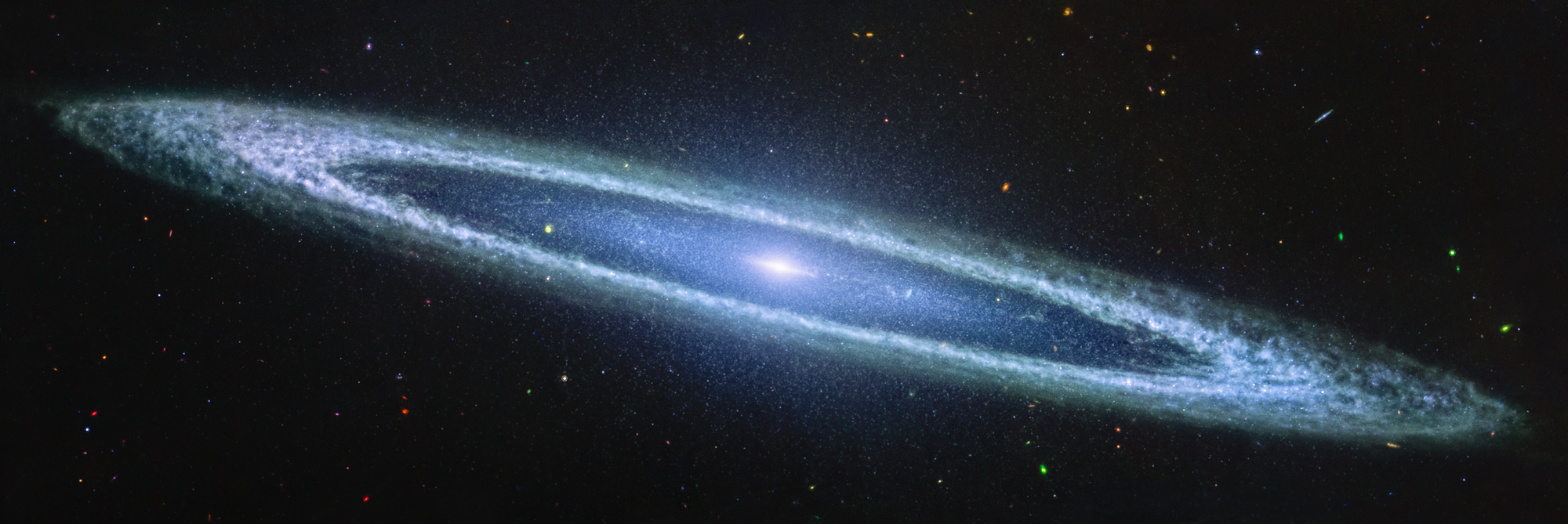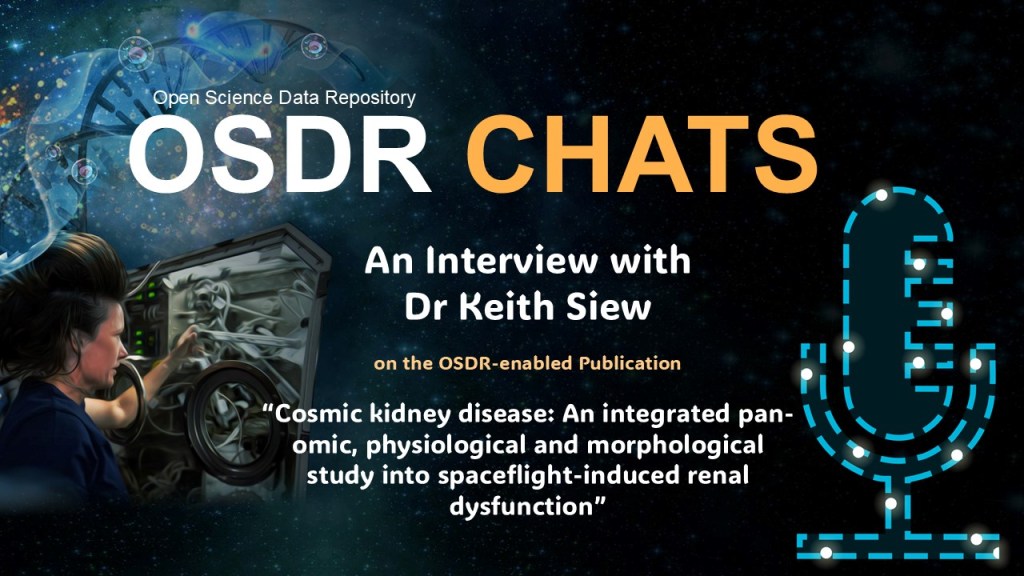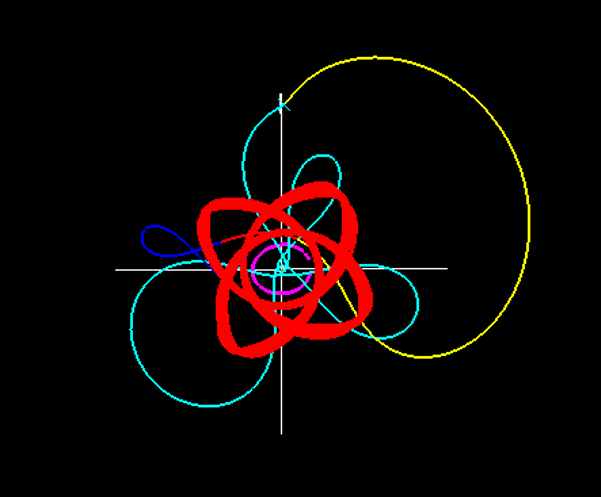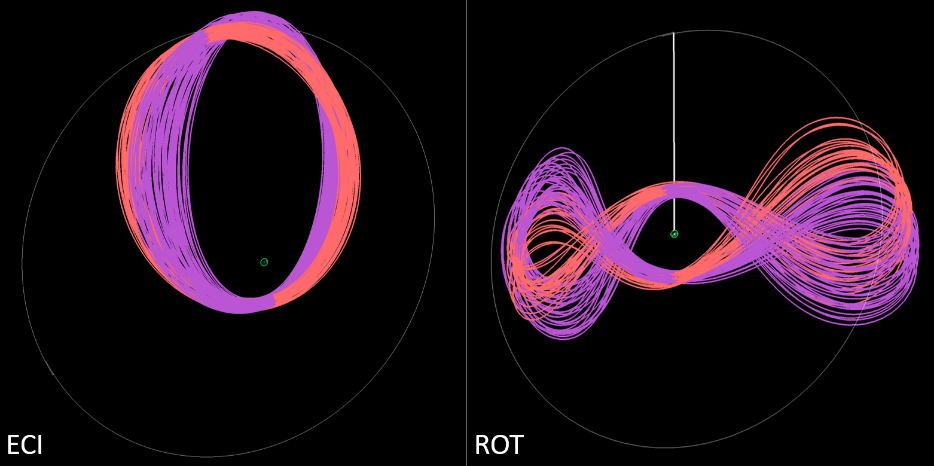Trajectory Design
Trajectory design is one of the main activities performed by the Ames Flight Dynamics team. Trajectories are designed by capitalizing on the fundamental laws of orbital mechanics to achieve a given set of mission objectives. The results include the computation of the required maneuvers and concept of operations to achieve a final destination in space given a set of initial conditions defined by particular mission constraints.
The team uses high-fidelity propagation models that often include accurate gravity fields of multiple celestial objects, solar radiation pressure, third body effects and atmospheric drag. The baseline trajectory must take into account these perturbations in order to produce a robust design. In addition, the FD team has developed the capability to perform statistical simulations to address the uncertainties associated with the orbit determination, the maneuver performance and the deployment from the launch vehicle or primary spacecraft.
The Flight Dynamics team utilizes several high fidelity commercial software as well as in-house capabilities. As the mission design matures, an effective trajectory will provide optimal support for payload objectives, navigation, power generation, propulsion, communication, and data transfer, among other subsystem considerations. The Ames FD team has experience with the design of trajectories in the interplanetary and the Earth-Moon systems through several methods such as low energy solutions, direct transfers, and phasing loops for flyby targeting, among others.
Cis-lunar trajectory & orbit design
Arcus Trajectory Description
- Ames FD specialty in cis-lunar trajectories and orbits include Lunar Resonant Orbits (LRO) that enable science mission designs with access to deep space conditions for observations and data collection, with repeated access to ground stations for high data rate downlink, while avoiding undesired lunar perturbations that would alter the stability of the orbit.
- The lunar transfer trajectory uses phasing loops to accommodate launch dispersions efficiently for reliable, accurate lunar encounter to allow delta-V savings. The phasing loop transfer to lunar encounter supports insertion into lunar orbit or lunar gravity assist techniques.
- Ames Arcus mission, currently in competition for NASA Science Mission Directorate 2021 MIDEX program uses a novel P/4 LRO with orbit period set to ¼ of the Moon’s orbit period.
Learn more:
- Arcus Mission Design: Stable Lunar-Resonant High Earth Orbit for X-Ray Astronomy
- Dynamics of Orbits near 4:1 Lunar Resonance
HelioSwarm Trajectory Description
- Ames’ HelioSwarm mission, currently in competition for Step 2 of NASA’s SMD 2018 Heliophysics MIDEX opportunity, uses a P/2 LRO with an orbit period set to ½ of the Moon’s orbit period.
- HelioSwarm uses phasing loops to target a lunar swingby. The flyby adds energy to the orbit and changes the orbit plane, reducing fuel costs to reach the final science orbit.
- Post-swingby maneuvers reach a science orbit aligned for long-term resonance; when the swarm reaches apogee, the Moon is 90° away in its Earth-centered orbit, preventing unwanted re-encounter with the Moon.
- HelioSwarm resonant orbit is moderately elliptical, allowing quick data transfer with ground stations near perigee and extended science data collection near apogee.
Learn more:





